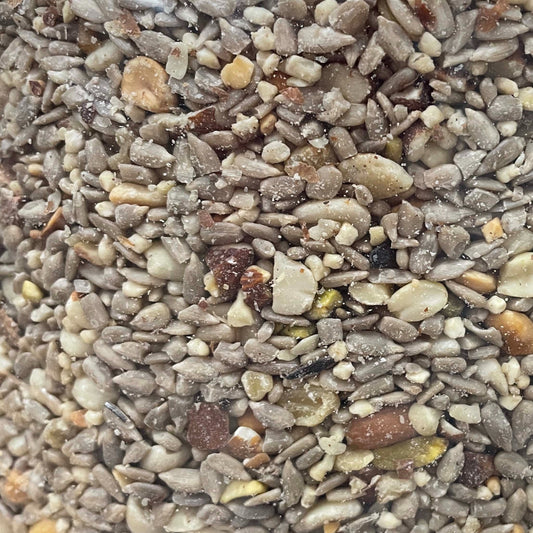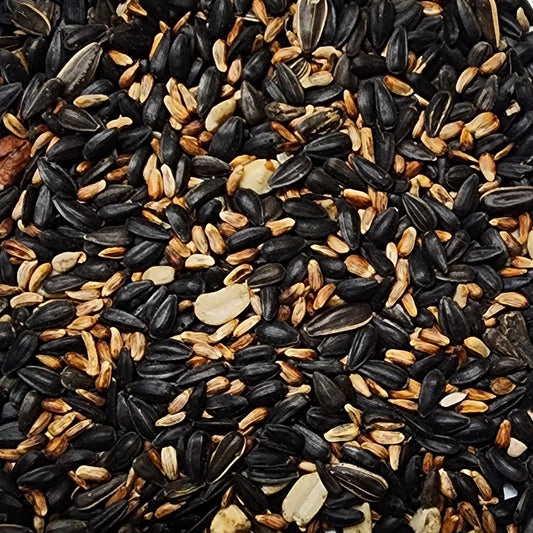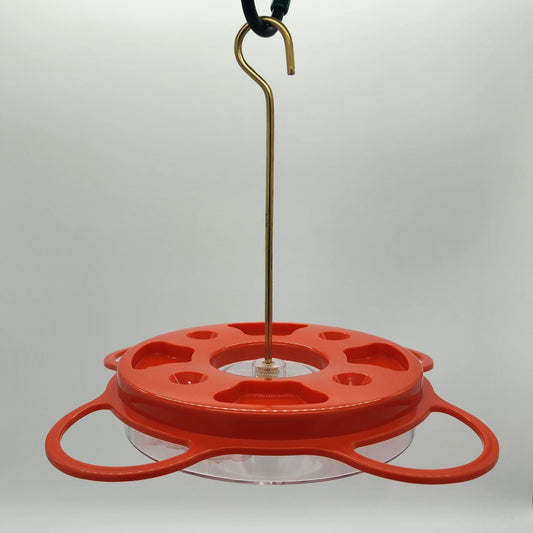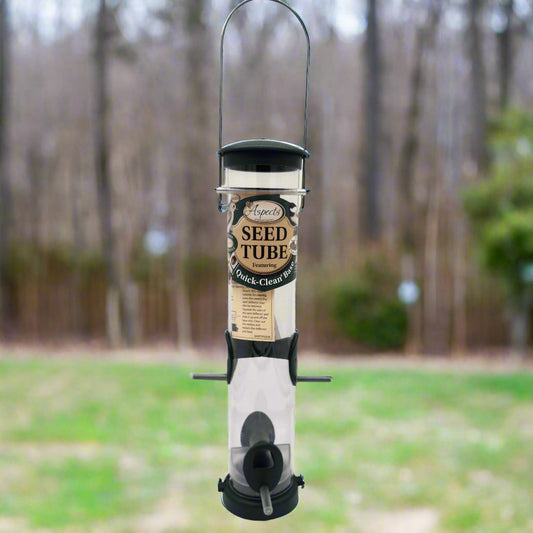Summer Tanager

Every so often I get a call from someone who has the other “red bird” at their feeder. There are very few people who do not know what a cardinal looks like, but when a Summer Tanager shows up at their feeder or in their backyard, it quite often causes confusion. The most common local name I have heard used for them is summer redbird.
Tanagers are among the most colorful birds in the world and we are lucky to have two species that live in our area. The more commonly seen of the two is the Summer Tanager (Piranga rubra), found in open woodlands. Adult males are a beautiful all over red bird with a fairly long, thick yellow bill. Females are yellow and young males are often seen in a patchwork plumage as the red comes in to replace their initial yellow feathers. They eat a variety of insects and fruit and can occasionally be seen at a feeder containing fine sunflower chips. Bees and wasps are among their favorite insects. They catch the adults and rub them against limbs to knock the stingers off before swallowing them. Another favorite trick is to rip into a wasp or hornet nest to get to the larvae.
By Mark McKellarThe slightly smaller, more brightly colored and generally harder to find cousin is the Scarlet Tanager (Piranga olivacea). Comparing the red color of the Summer Tanager to the red of the Scarlet Tanager is not even fair. When you see a male Scarlet Tanager in good light, it almost glows. The black wings and tail only accentuate the red even more. Scarlets prefer a more dense forest thus are more easily seen in migration (late April to mid-May) when the trees, especially oaks, have not completely leafed out. I’ve always thought of their song as a robin with a throat infection. I generally hear and zero in on their “chip churr” call notes before I do their song. In general, the yellow and olive-brown females forage higher in trees than the brightly colored males. In courtship the males will often droop their wings and extent their necks to “show off” more of their brilliant red backs for the females above.
Both tanagers are summer residents in our area and are prime examples of birds that are rewards for getting out and actively looking for birds. If you are lucky enough to have a Summer Tanager stop by your yard, count yourself very lucky.
Shop Jelly Feeders
Mark's Spotlight
-
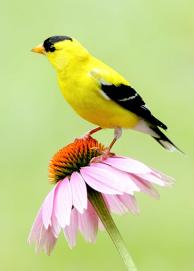
American Gold Finch
Read more about the American Goldfinch -
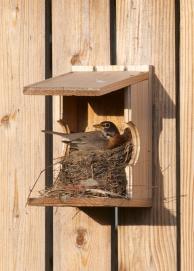
American Robin
Read more about the American Robin -
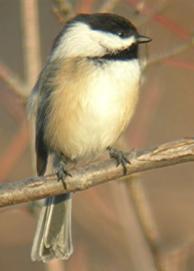
Black-Capped Chickadee
Read more about the Black-Capped Chickadee -
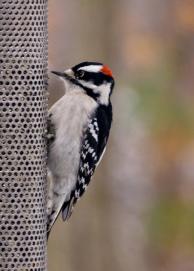
Downy Woodpecker
Read more about the Downy Woodpecker -
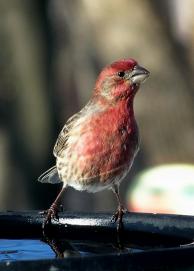
House Finch (Male)
Read more about House Finch -
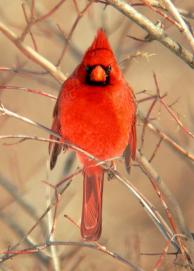
Northern Cardinal
Read More about Northern Cardinal
Shop Now!
-
Mark's No-Waste Blend™
Regular price From $15.99 USDRegular price -
Boardwalk Blend™
Regular price From $8.99 USDRegular price -
NP1009 OrioleFest
Regular price $29.99 USDRegular price -
Multi-Seed Tube Feeders w/Quick-Clean® Bases
Regular price From $59.99 USDRegular price







